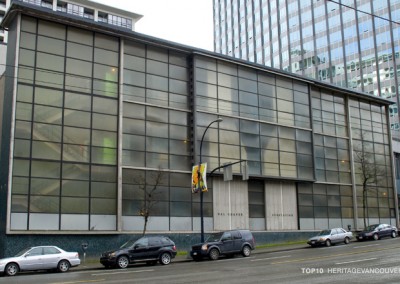As historic mature specimen trees become older and die, the City is refusing to plant the same traditional species, and is replacing them with much smaller, ornamental trees that do not have the same scale or presence.
Threat
What is the threat to Vancouver’s Historic Street Trees?
There are only 27 individual trees, 23 parks and landscape features and 6 rows of street trees listed on the Vancouver Heritage Register.
Of these sites, only one has been designated by the City of Vancouver (the central median of the Cambie Street Boulevard). In the entire city, only this one landscape resource has any legal protection.
As these historic mature specimen trees become older and die, the Park Board rather than planting the same traditional species is replacing them with much smaller, ornamental trees that do not have the same scale or presence. Citing concerns about maintenance and intrusive tree roots, Park Board policy is that any new trees do not have to replace the species that exist.
For “functional” reasons, any new trees that are planted are often ornamental trees that do not grow over 15 feet in height. These “stunted dwarfs” are often completely out of scale with their context.
In some cases this has resulted in a visible erosion of character, where a large tree is cut down in the middle of a row and the Park Board sticks in a tiny replacement that will never fit in.
Even more problematic is when a tree does not get replaced, such as the Vancouver’s oldest street trees in Victory Square Park; several of the enormous Broad-Leaf Maples planted in 1897 have been cut down and only the stumps remain.
There are certain species, including many traditionally used as street trees, which the Park Board does not plant. Virtually every major city in the world – except Vancouver – plants London Plane Trees in the public realm. In Vancouver, we have developed a phobia against planting trees that will grow to any notable size.
Over time, as the early large-scale trees are replaced with these much smaller trees, the entire character of our city will change. This process will take many years, but it is taking place before our very eyes. By the time we notice the difference, it will be too late.
We are in danger of losing our historic urban forest.
Significance
Why are historic street trees significant?
Vancouver is blessed with countless thousands of magnificent trees that provide a canopy over many of our public streets. These trees increase our city’s liveability through their aesthetic appeal and their environmental qualities. Many of these trees were planted when the streets were originally developed, in the late 19th and early 20th centuries. This was the height of the influence of the City Beautiful movement, a progressive and comprehensive reform effort that aimed at beautifying rapidly growing metropolitan areas by emphasizing formal layouts and picturesque design concepts.
Advocates believed that the beautification of cities through the introduction of monumental classical grandeur and the provision of extensive public recreation areas – through the development of urban park systems – would promote a harmonious social order. It was hoped that it would bring North American cities to cultural parity with those of Europe. This was exemplified in the landscape designs of Frederick Law Olmstead, especially through his work on New York’s Central Park that was influential throughout North America. These concepts were embraced in early Vancouver, resulting in many wonderful parks, boulevards and street trees in the public realm, that have matured into a natural canopy of traditional plantings.
Try and imagine our streets without these large trees. The character of many neighbourhoods, such as the West End, is completely dependent on these magnificent plantings. Take them away and the streets would appear barren and mean, out of scale and sterile.
There are also many environmental reasons why these trees are important. The loss of volume of plant material is a huge concern. The larger trees, especially the broad-leaf varieties, scrub our atmosphere and reduce pollution. The vast array of plantings that we have inherited also provides a great biodiversity of plant material.
These trees represent an enormous investment of time and money – imagine what it would cost and how long it would take to start from scratch in developing such a diverse, mature urban forest over such a huge area.
History
As the city was established, our founders understood the value of large street trees that would define the public realm. The massive trees that line many of our streets have taken a century to mature. They include incredible examples of trees such as London Plane Trees, Big-Leaf Maples, Catalpas, Hawthorns, Tulip Trees and Black Locusts that have grown to huge sizes. Many streets were originally planted with the trees much more closely spaced, approximately every 15 feet.
This irreplaceable historic legacy of plantings is now in full maturity, and is evident throughout many of our neighbourhoods. This is a very significant part of our public realm, and frames much of the ambience and character of our city’s streets.
Position
Heritage Vancouver’s Position
Heritage Vancouver calls for a review of the Vancouver Park Board’s policies regarding street trees. We need to recognize that we are in danger of losing the historic canopy that helps define our city’s environmental character.
We recommend that the Park Board develop a Street Tree Management Plan that would specify a “one-to-one” replacement, which would see each tree at the end of its life replaced with an identical species.
Resources
Mole Hill Community Housing Society – Press Release Feb. 4, 2013
Thanking City of Vancouver for their support in replanting
smaller diseased trees with Big Leaf Maples (Acer macrophyllums)
![]() Mole Hill Society Press Release thank-you (PDF)
Mole Hill Society Press Release thank-you (PDF)
Our March 4, 2011 ebulletin alert:
Historic street trees removal from East 6th Ave
![]() HVS March 4, 2011 ebulletin (link)
HVS March 4, 2011 ebulletin (link)
Our April/May 2006 newletter article on Vancouver’s street trees
Out On A Limb For Heritage, by Emma Hall and Clint Robertson
![]() HVS April/May 2006 Newsletter (PDF)
HVS April/May 2006 Newsletter (PDF)
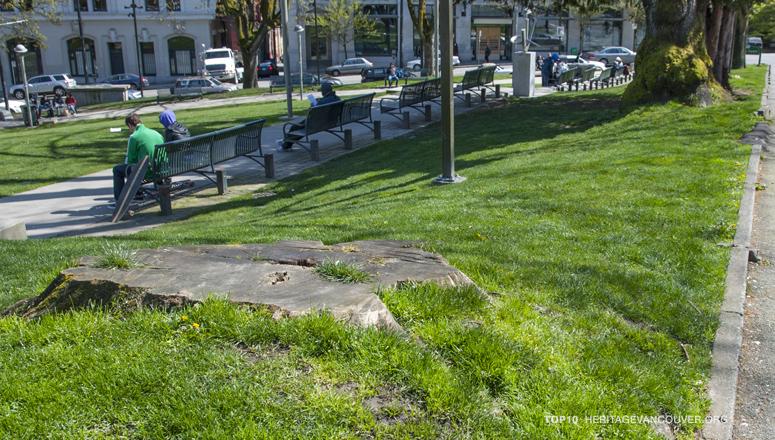

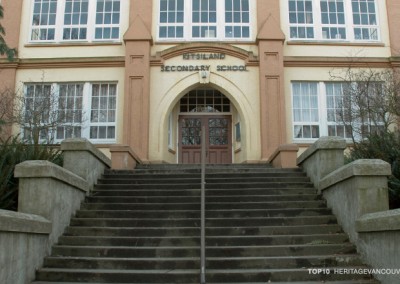
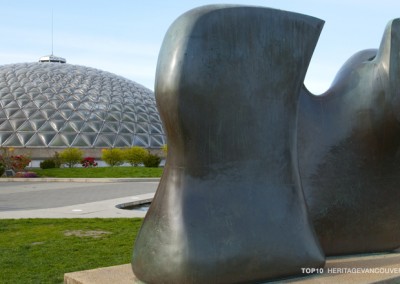
![3. Sir Guy Carleton School – Carleton Hall (1896) [saved]](https://heritagevancouver.org/wp-content/uploads/2011/11/HVS-Top10-795x440-carleton-400x284.jpg)
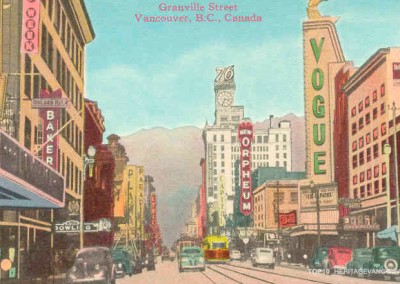
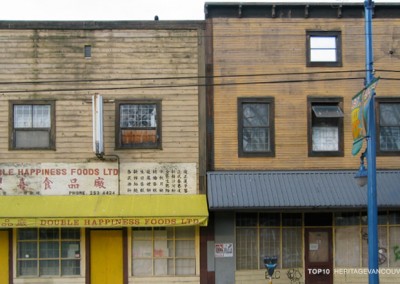
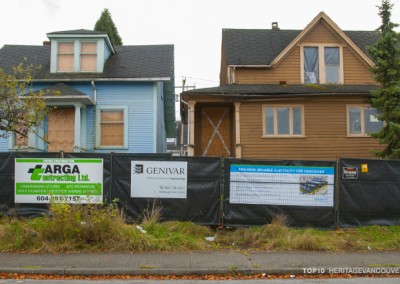
![7. Pantages Theatre (1907) [lost]](https://heritagevancouver.org/wp-content/uploads/2016/05/t10-pantages-B-795-400x284.jpg)
